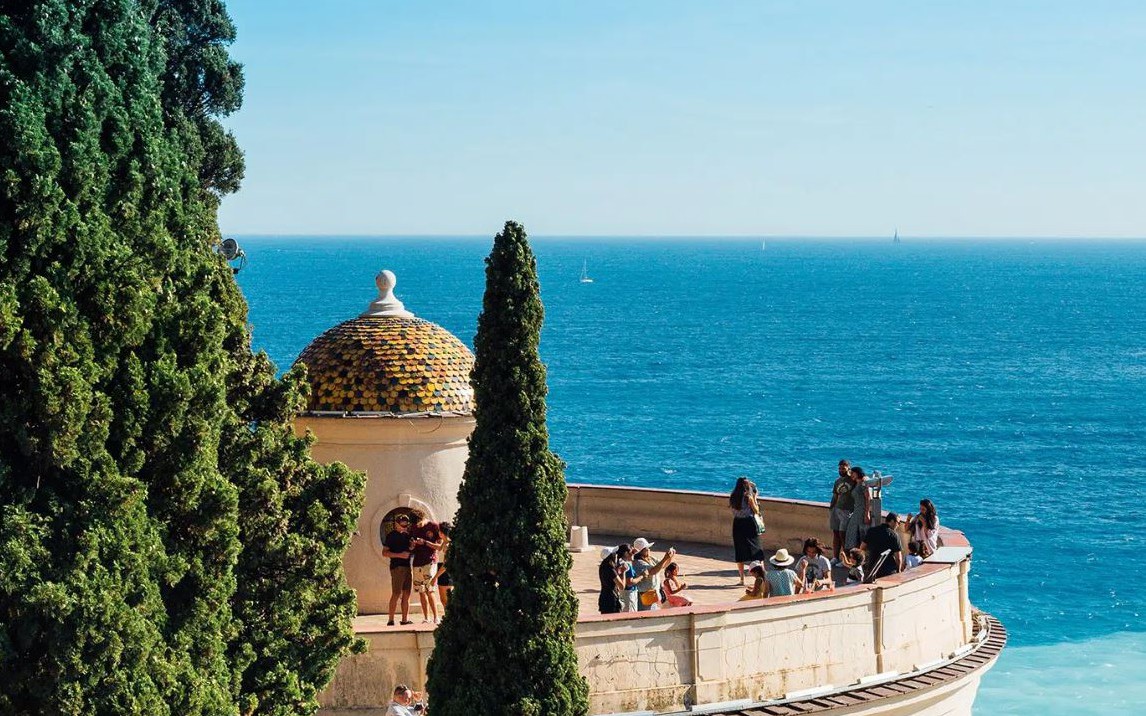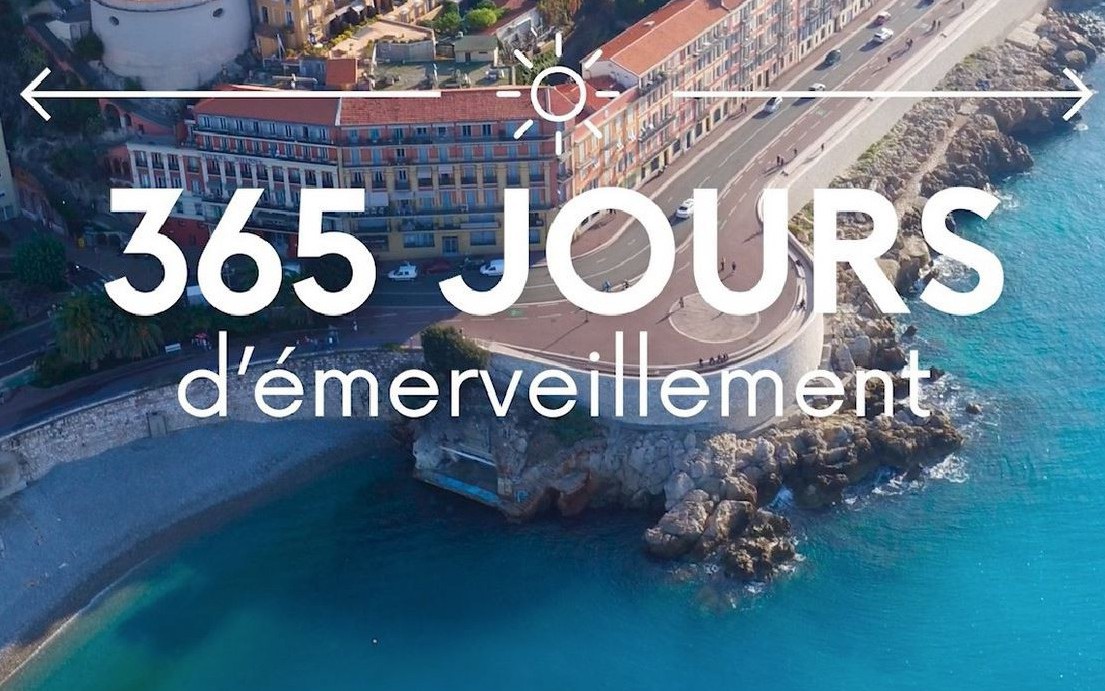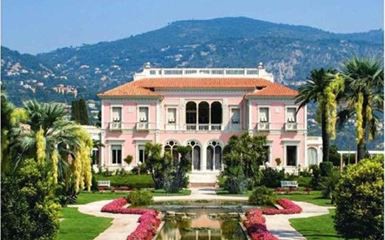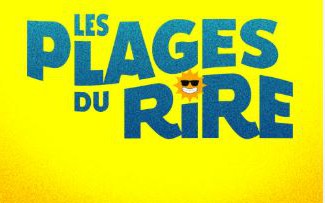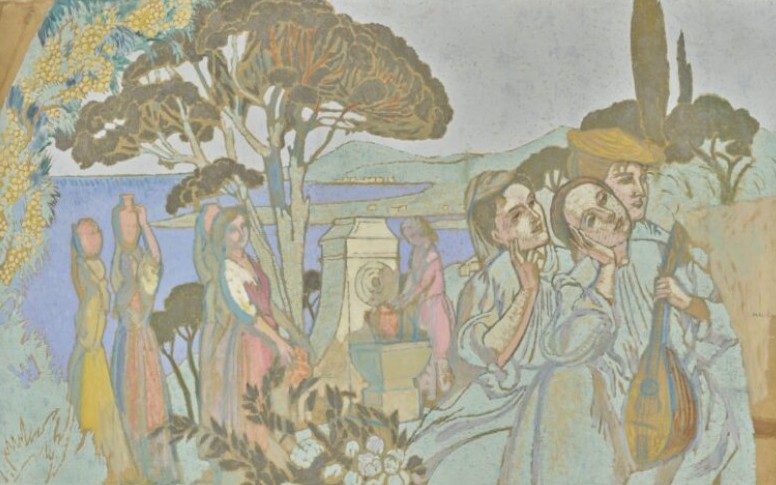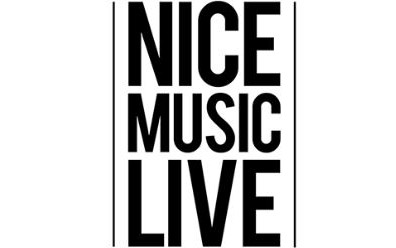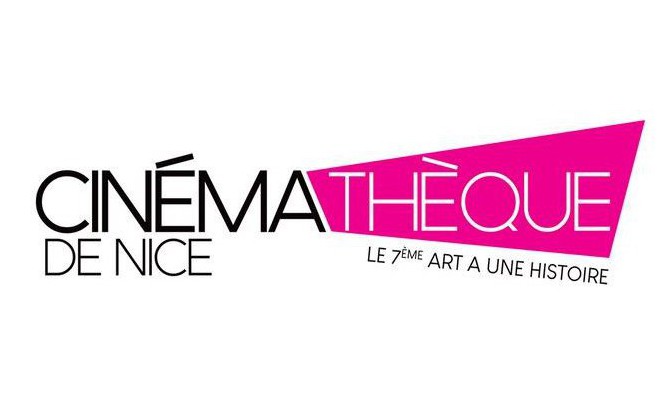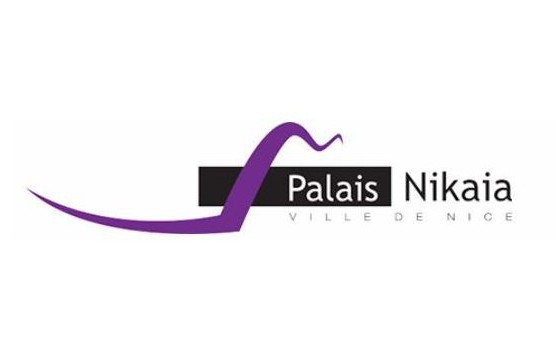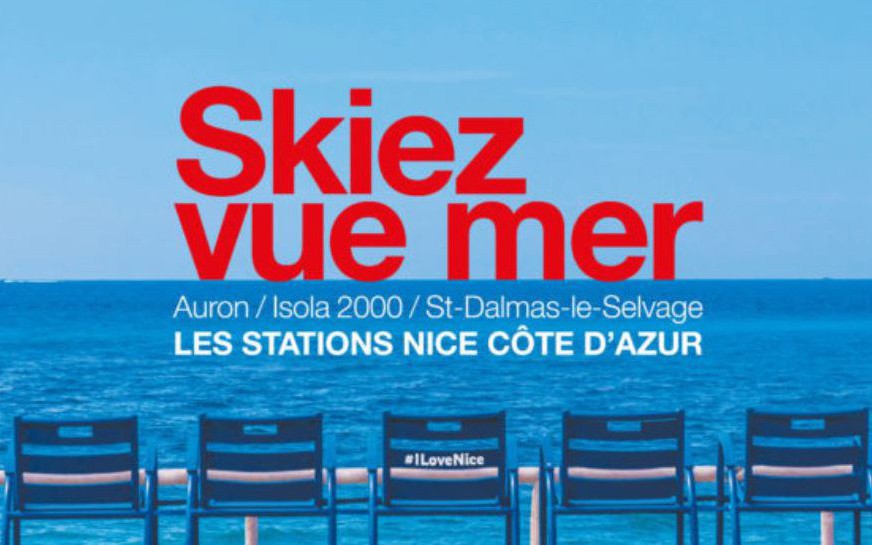EXPO TOM WESSELMANN
AFTER MATISSE
24 FEBRUARY - 29 MAY 2023
MUSÉE MATISSE
Curator: Claudine Grammont, Director of the Musée Matisse Nice
With the Great American Nudes series of the 1960s, Tom Wesselmann turned the Matissian odalisque into a pop icon. Thereafter, Matisse's work remains for him a central reference in his search for visual efficiency and saturation of the image.
Through a selection of forty-one works, the exhibition Tom Wesselmann. After Matisse traces this admiration for the artist who expresses himself in many ways, from his first collages in 1959, to his ultimate works, with the Sunset Nudes of the 2000s. They testify to different modes of appropriation of Matisse's work: work after that, direct or more structurally quotation, Matissian conception of color and surface.
In its presentation, the exhibition focuses on showing Wesselmann in the studio, understanding his elaborate technique of collage or drawing in volume that always attaches great importance to the question of scale, from the smallest formats to vast realizations. It brings together four major significant ensembles that testify to this dialogue between this great American pop artist and Henri Matisse: collages, Great American Nudes, Steel Drawings and Sunset Nudes.
The exhibition was conceived in collaboration with the Estate of Tom Wesselmann and with the support of Galerie Almine Rech.
ROUTE OF THE EXHIBITION
First collages
When Tom Wesselmann moved to New York in 1956, admitted to the Cooper Union, Henri Matisse, who died in 1954, was still very present on the American art scene and its lively topicality. If it is difficult to specify the first contacts that Wesselmann may have had with the work of the French artist, they may have been numerous both at MoMA and in the galleries. Like other European artists, Matisse's work was widely disseminated through postcards and colour posters. It is this popularization that interests Wesselmann, more than the original works to which he can have access. At this key moment in his career, Matisse's example intervenes as a kind of derivative to abstract expressionism, from which he seeks to move away. "I learned a lot from Matisse," he explains. I remember spending hours studying reproductions of his paintings. I wanted to get him, in imaginary conversations, to tell me why he executed each element the way he did. (quoted by John Rublowski, Pop art, New York: Basic Books, 1965, pp. 131-2).
Great American Nudes
In the famous series of Great American Nudes initiated in 1961, Wesselmann goes further in this process of assimilation of Matisse, which is also proving more and more sophisticated. He is interested in the French artist through the theme of the nude, or more precisely that of the nude figure in a domestic interior, with a highly erotic character. What matters is the search for a form of visual excitement, retinal titillation, whether it is indifferently resulting from a confrontation of increasingly smooth and garish colors, from a whole popular and trivial imagery, that of the pin-up, directly from the mass media, posters, magazines, etc. The Great American Nudes series thus appears as an Americanization of the Western nude tradition whose Matissian stereotype is transposed into the cultural context of the sixties.
"Wesselmann," he wrote in his autobiography, "wanted works that exploded on the wall. Matisse was an important influence in this regard. For Wesselmann, the way in which Matisse makes maximum use of the components of painting – color, shape, line, texture, etc. – offered the best guarantee of achieving the full visual intensity of these elements while keeping an idea of the reality described. (Slim Stealingworth, Tom Wesselmann, New York: Abbeville, 1980, p. 17)
Monica and the Steel Drawings
Subsequently, the reference to Matisse's art disappeared completely from Wesselmann's work only to reappear more than twenty years later. In the 1980s, Matisse became omnipresent again through direct quotation or procedures reminiscent of his own. In the series made with Monica, works by Matisse appear in the background of the model, more or less recognizable, because most often very schematically, see partially, reproduced. Now familiar with the workshop, Matisse

 StayHostel, ...
StayHostel, ... VisitMuseums, ...
VisitMuseums, ... Go outRestaurants, ...
Go outRestaurants, ... ShopsFashion, ...
ShopsFashion, ... LeisuresBeaches, sports, ...
LeisuresBeaches, sports, ... ServicesTourism, ...
ServicesTourism, ...




